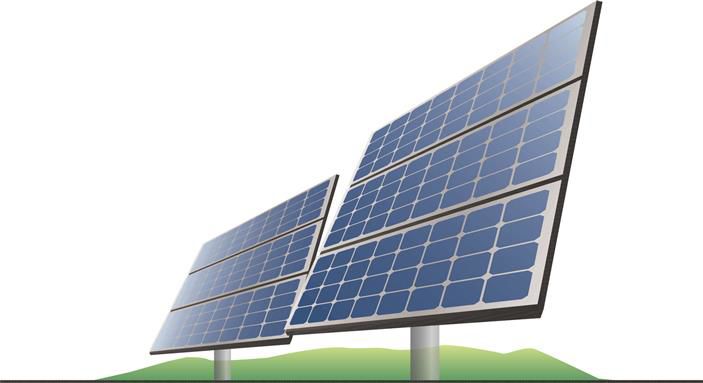Prime Minister Narendra Modi declared that the government would begin the Pradhan Mantri Suryodaya Yojana with the goal of installing rooftop solar systems in one crore homes, just hours after the pran pratishtha ceremony at the Ram Temple in Ayodhya.
The prime minister is optimistic that the plan will not only lower middle-class and lower-class people’ electricity bills but also lead to India’s energy independence.

SOURCE:- INDIA TODAY
According to what he’s said, a national campaign ought to be started to encourage residential power users to embrace the system in big numbers.India, which experiences 250–300 sunny days a year, needs to maximise its use of solar energy.
SOURCE:- THE TIMES OF INDIA
In an attempt to make it simpler for home customers to apply for system installation, the government launched the National Portal for Rooftop Solar in July 2022. However, thus far, the response has been mediocre. Less than 10 lakh homes in the nation are estimated to have rooftop solar installations.
In November 2023, the Council on Energy, Environment and Water (CEEW) released a paper stating that over 25 crore Indian homeowners may install 637 GW (gigawatts) of solar energy capacity on their rooftops. Only 2.7 GW of the 11 GW of rooftop solar capacity deployed in India is used for residential purposes, according to the report.
The push for solar energy is especially important for India’s villages, where last-mile connectivity is difficult and the country’s villages still lack consistent electricity, despite government claims that all of the country’s rural areas receive at least 20 hours of power per day (compared to 12 hours in 2015).
It is imperative that residents be able to buy and run a grid-connected solar rooftop electricity system. In addition to helping discoms manage peak loads more skillfully and lower transmission and distribution losses, this will also benefit consumers.
What do you think about this? Comment below.

